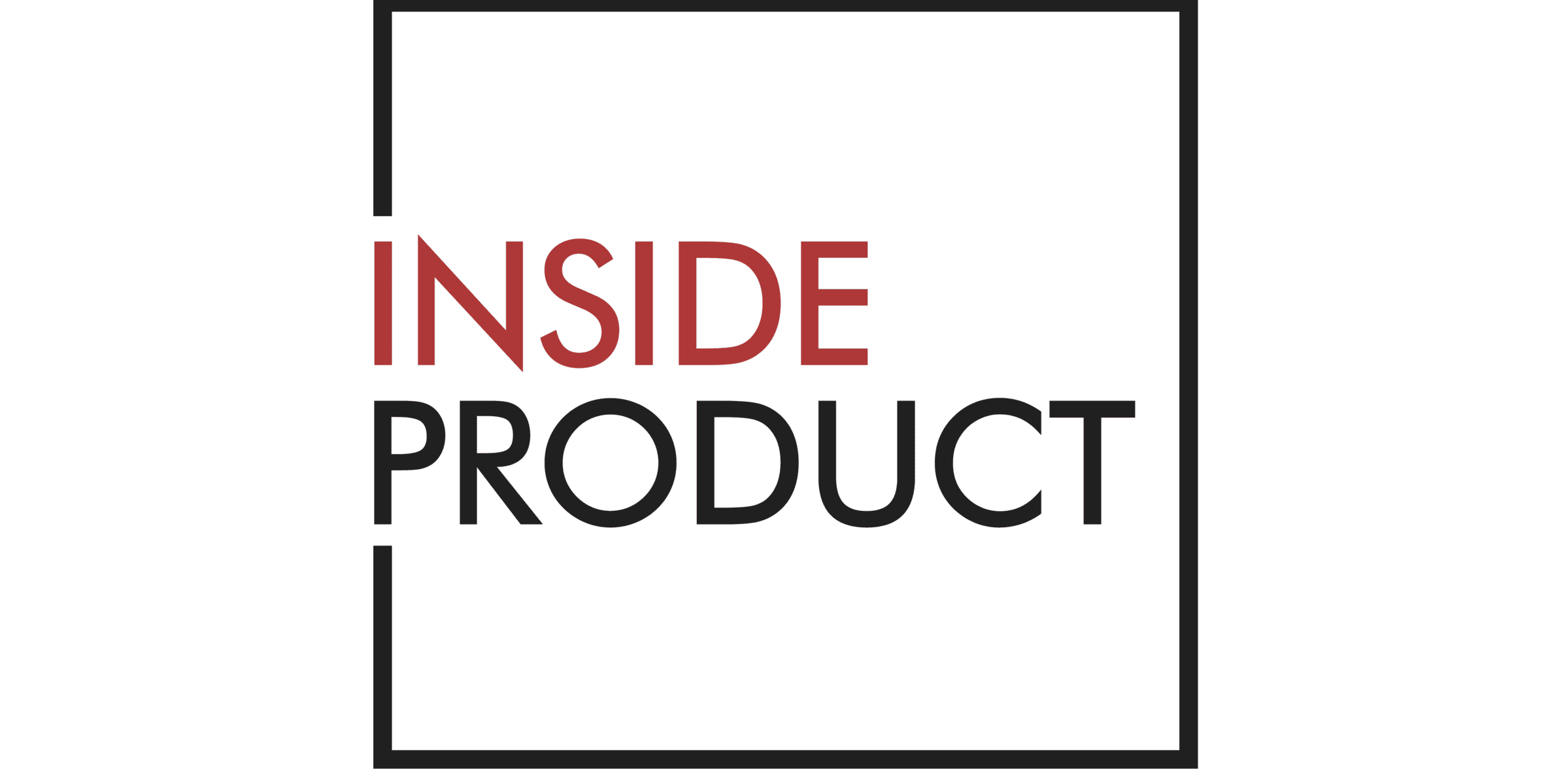I ran across a blog post today entitled Be a meeting whisperer: Conflict Management 101 that I found to be particularly relevant for analysts. It’s about using one of many ideas called PRIMEs to help manage change. While I find the PRIMES concept interesting and will dig more into them later, I wanted to share the particular PRIME that the author, Dana Theus, suggested to help manage meetings – the Big Hat/Little Hat idea.
The idea is that people who are wearing the big hat are thinking like a CEO about the broader organization while those wearing the little hat are thinking primarily about their department. Chris McGoff, the creator of PRIME suggests that both view points are important in the right context, but can be dangerous if they are not explicitly noted. Until people disagreeing about a course of action indicate which perspective they are looking from, or what size hat they are wearing, a solution to the disagreement is very difficult to find. Once the view points are explicitly noted (ie, I’m looking at this problem from a big hat perspective) disagreements related to organizational vs departmental thinking may clear themselves up fairly quickly.
As an analyst, it’s important to help team members clearly state the hat size they are wearing during discussions, and to make sure that the big hat perspective is always considered. This can be especially important when the project team is fairly isolated in a single department and may be tempted to head down the path of developing a solution for just their department (little hat thinking) without considering the broader organizational impact.
Another place where this can be helpful is in facilitating prioritization discussions. Failure to order things in terms of value to the end customer means that the broader organizational picture is not taken into account – there is a lack of big hat thinking. The analyst can serve as a constant reminder that big hat thinking is necessary in these types of discussions. That’s not to say that little hat thinking is bad per se, but it’s good to keep in mind the fourth element of the Big Hat – Little Hat Prime: “It’s fair to advocate for your LITTLE HAT, but not to the detriment of the whole.”

